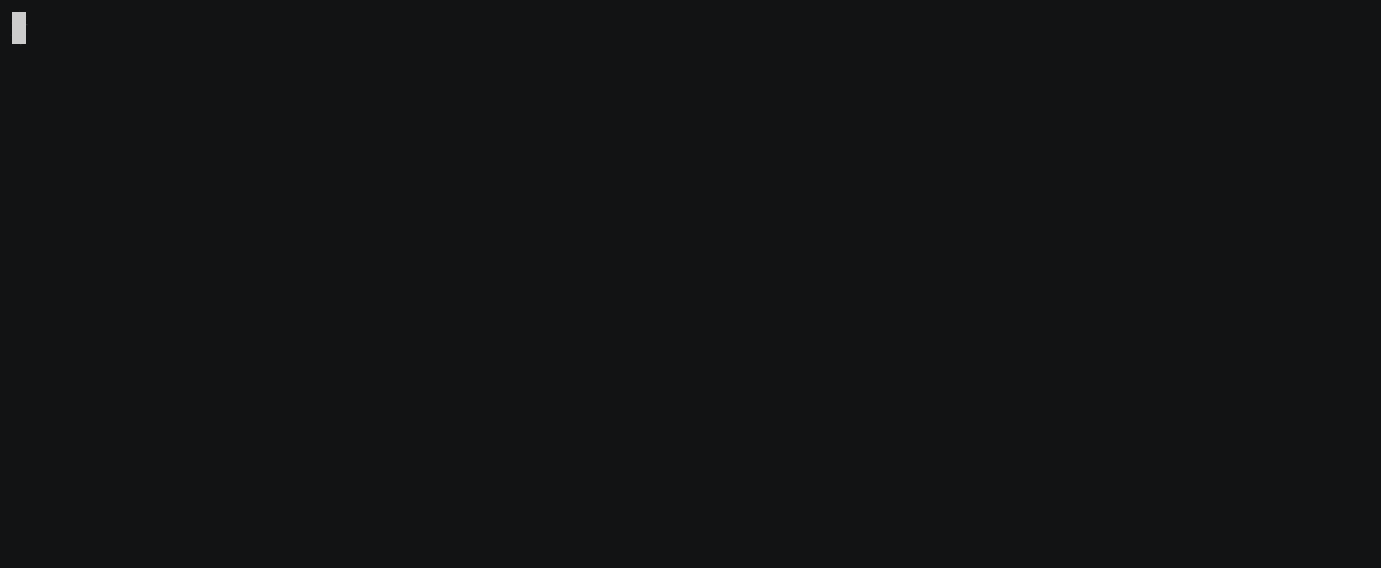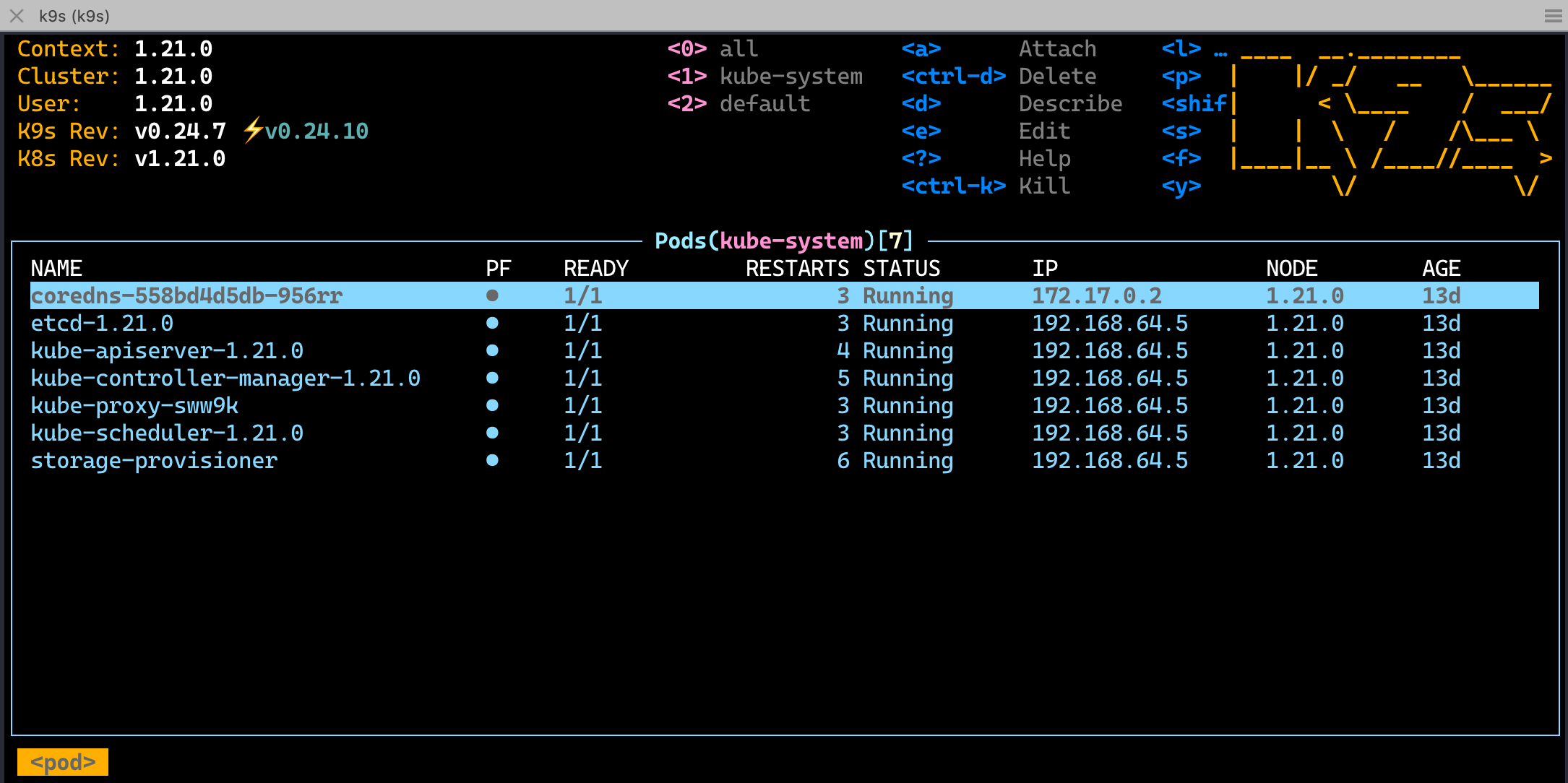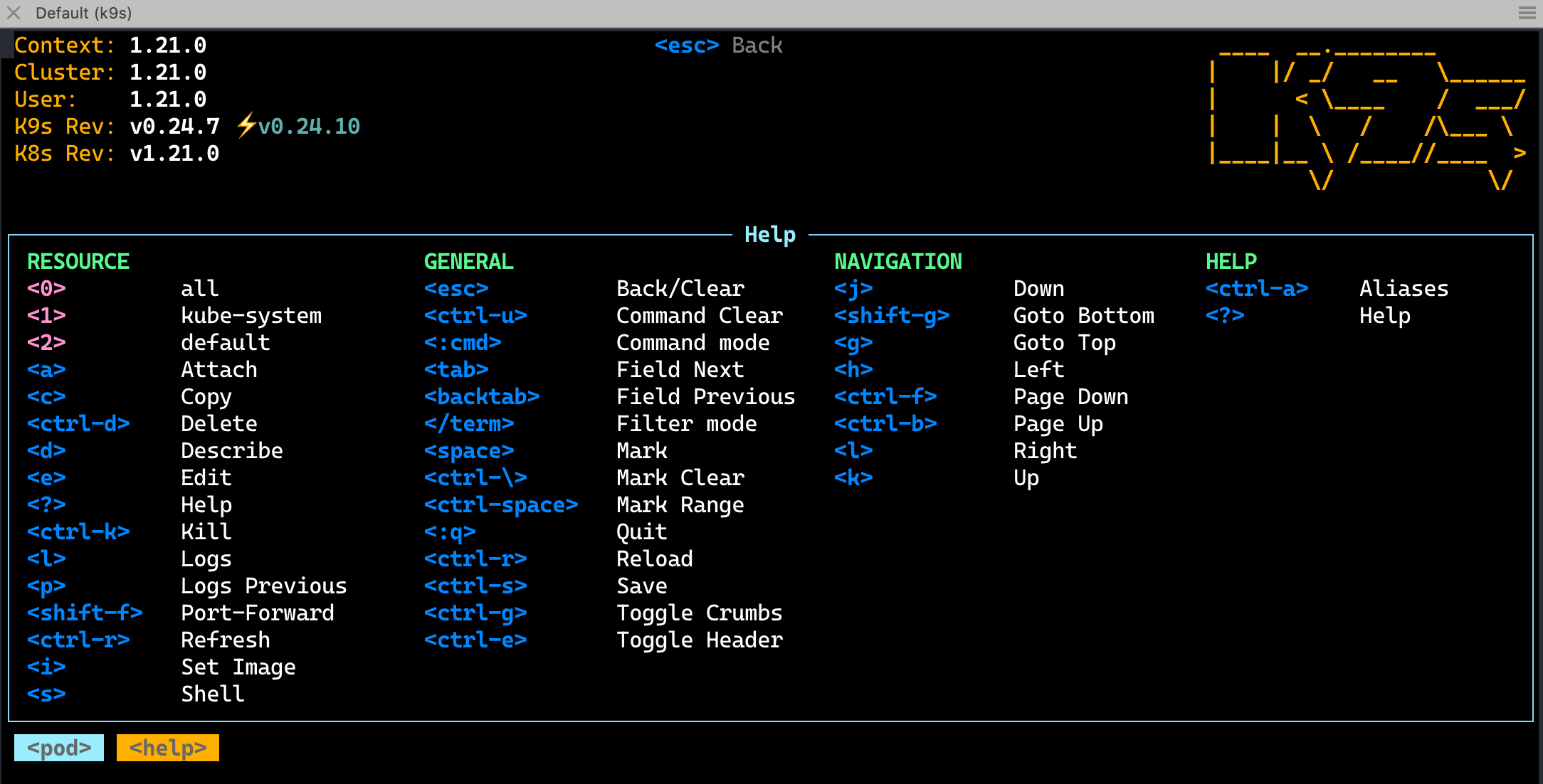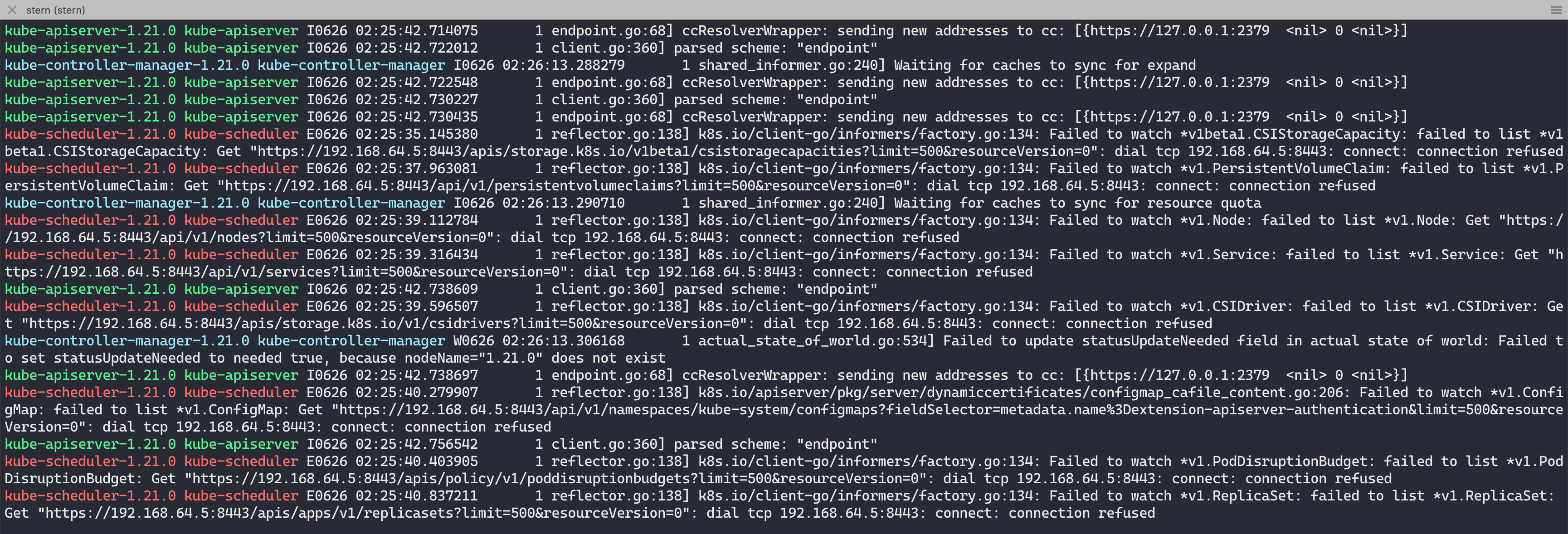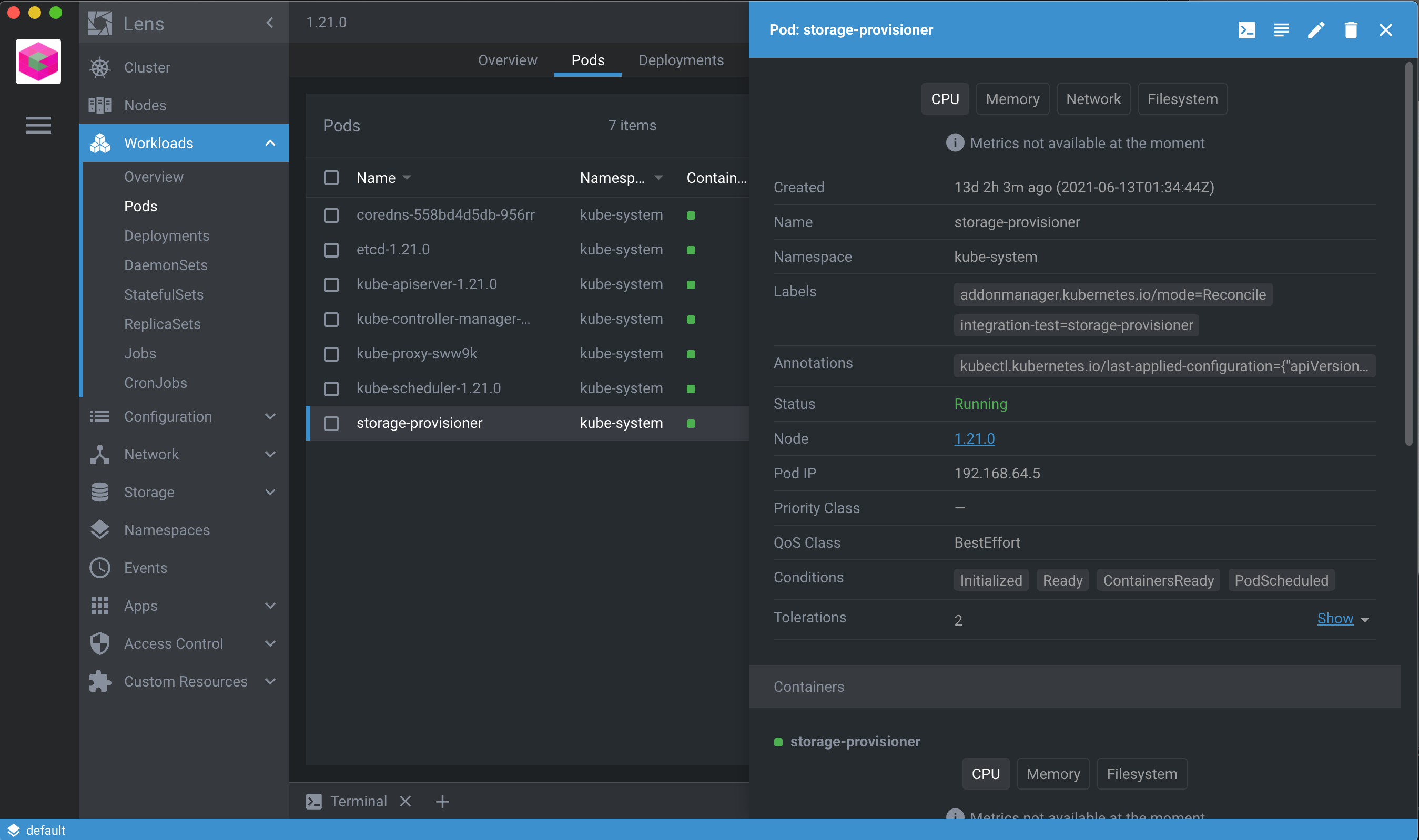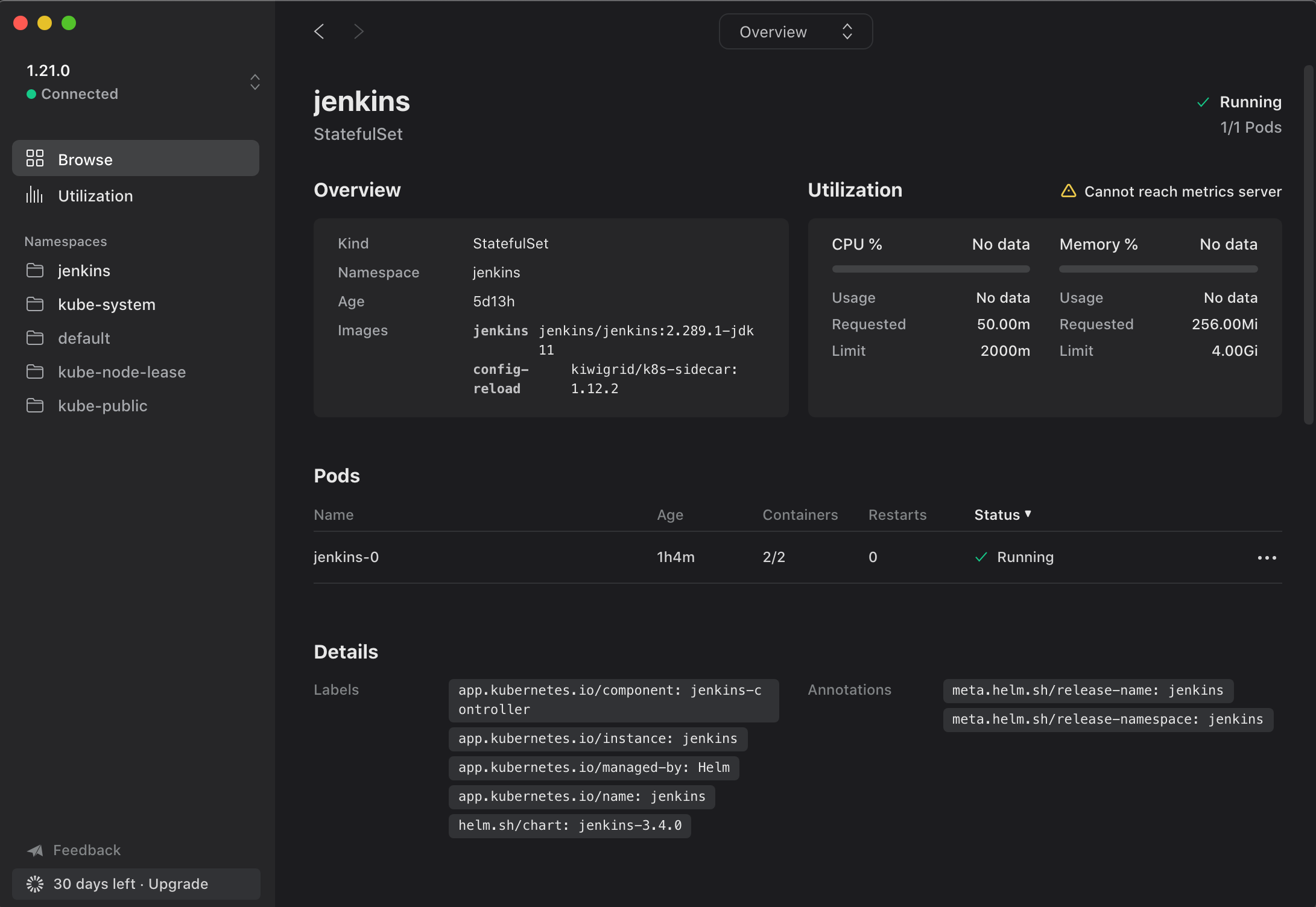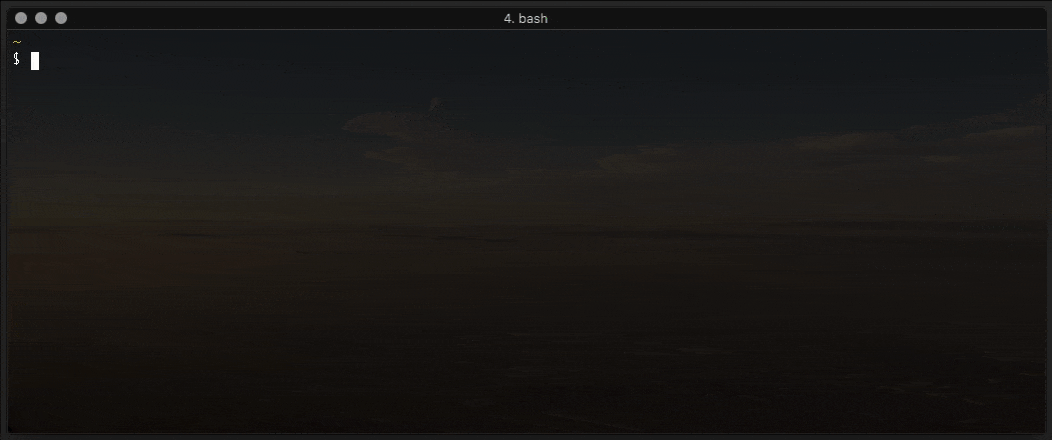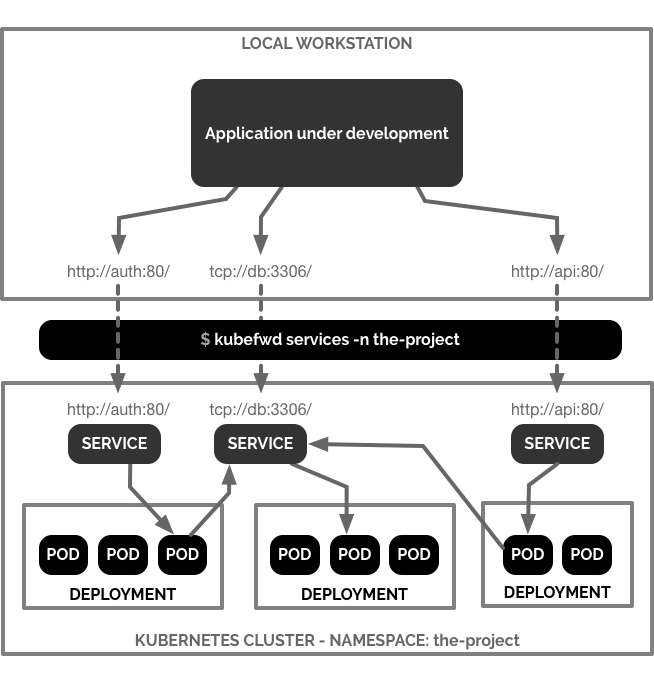常用的几款工具让 Kubernetes 集群上的工作更容易
其实日常工作中在集群上的操作也非常多,今天就来介绍我所使用的工具。
kubectl-alias
使用频率最高的工具,我自己稍微修改了一下,加入了 StatefulSet 的支持。
这个是我的 github.com/addozhang/kubectl-aliases,基于 github.com/ahmetb/kubectl-aliases。
比如输出某个 pod 的 json,kgpoojson xxx 等同于 kubectl get pod xxx -o json。
结合 jq 使用效果更好 😂。
语法解读
k=kubectlsys=--namespace kube-system
- commands:
g=getd=describerm=deletea:apply -fak:apply -kk:kustomizeex:exec -i -tlo:logs -f
- resources:
po=pod,dep=deployment,ing=ingress,svc=service,cm=configmap,sec=secret,ns=namespace,no=node
- flags:
- output format:
oyaml,ojson,owide all:--allor--all-namespacesdepending on the commandsl:--show-labelsw=-w/--watch
- output format:
- value flags (should be at the end):
n=-n/--namespacef=-f/--filenamel=-l/--selector
kubectx + kubens
kubectx 用于在不同的集群间进行快速切换。假如用 kubectl,你需要:
# context 列表
kubectl config current-context
# 设置 context
kubectl config use-context coffee
kubens 就是在不同 namespace 间快速切换的工具。用 kubectl 的话,需要:
# namespace 列表
kbuectl get ns
# kubectl config set-context --current --namespace=kube-system
k9s
没错,只比 k8s 多了个 1 😂。
k9s 提供了终端 UI 与 Kubernetes 集群进行编辑交互。本人常用的比如:
F配置端口转发l输出 pod 日志e修改资源对象spod 终端交互模式yyaml 方式输出资源对象ddescribe 资源对象ctrl+d删除 pod
启动方式
# 指定 namespace 运行
k9s -n mycoolns
# 指定 context 运行
k9s --context coolCtx
# 只读模式运行
k9s --readonly
键入问号“?” 就可以打开快捷操作指引。
stern
stern 可以用来 tail 集群上的多个 pod 和 pod 中多个容器的日志。不同的 pod 和容器以不同的颜色区分,方便 debug。
比如使用命令 stern -l tier=control-plane -n kube-system 可以输出 kube-system 命名空间下控制平面(label 为 tier=control-plane) pod 的日志。
命令行选项
Tail multiple pods and containers from Kubernetes
Usage:
stern pod-query [flags]
Flags:
-A, --all-namespaces If present, tail across all namespaces. A specific namespace is ignored even if specified with --namespace.
--color string Color output. Can be 'always', 'never', or 'auto' (default "auto")
--completion string Outputs stern command-line completion code for the specified shell. Can be 'bash' or 'zsh'
-c, --container string Container name when multiple containers in pod (default ".*")
--container-state string If present, tail containers with status in running, waiting or terminated. Default to running. (default "running")
--context string Kubernetes context to use. Default to current context configured in kubeconfig.
-e, --exclude strings Regex of log lines to exclude
-E, --exclude-container string Exclude a Container name
--field-selector string Selector (field query) to filter on. If present, default to ".*" for the pod-query.
-h, --help help for stern
-i, --include strings Regex of log lines to include
--init-containers Include or exclude init containers (default true)
--kubeconfig string Path to kubeconfig file to use
-n, --namespace strings Kubernetes namespace to use. Default to namespace configured in Kubernetes context. To specify multiple namespaces, repeat this or set comma-separated value.
-o, --output string Specify predefined template. Currently support: [default, raw, json] (default "default")
-l, --selector string Selector (label query) to filter on. If present, default to ".*" for the pod-query.
-s, --since duration Return logs newer than a relative duration like 5s, 2m, or 3h. Defaults to 48h.
--tail int The number of lines from the end of the logs to show. Defaults to -1, showing all logs. (default -1)
--template string Template to use for log lines, leave empty to use --output flag
-t, --timestamps Print timestamps
--timezone string Set timestamps to specific timezone (default "Local")
-v, --version Print the version and exit
Lens
Lens 是用来控制 Kubernetes 的 IDE,开源且免费。
消除了集群操作的复杂性、提供了实时的可观察性、方便故障排查、支持多系统的桌面客户端、兼容多种集群。
Infra App
Infra App 跟 Lens 差不多,UI 较 Lens 好些,但是功能就弱很多,类似 Lens 的只读模式。
免费版比收费版的区别只在于支持的集群数量,免费版只支持一个集群。
kubefwd
kubefwd,这个一直有安装但是使用次数寥寥,因为应用之间的访问没有走 service,不过偶尔做些实验的时候会用的上。
kubefwd 是一个用于端口转发Kubernetes中指定namespace下的全部或者部分pod的命令行工具。 kubefwd 使用本地的环回IP地址转发需要访问的service,并且使用与service相同的端口。 kubefwd 会临时将service的域条目添加到 /etc/hosts 文件中。
启动kubefwd后,在本地就能像在Kubernetes集群中一样使用service名字与端口访问对应的应用程序。
总结
善用工具可以提升效率,但并不是不可或缺的。
如果你有其他的工具,欢迎留言提出。
共同学习,写下你的评论
评论加载中...
作者其他优质文章




